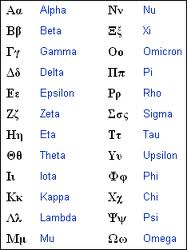“Study for interest” When we study, read and speak
 Greek we encounter people who have lived across three millennia. We explore a cultural world that has an European orientation, yet is open to the universal.
Greek we encounter people who have lived across three millennia. We explore a cultural world that has an European orientation, yet is open to the universal.
Classical, New Testament, Liturgical and Modern versions of the language are quite distinct. New Testament and Liturgical Greek are more closely related to each other than to the modern. New Testament and patristic/medieval forms are the two expressions on which our teaching centres.
We teach New Testament (koiné) and offer tuition in Patristic/Liturgical Greek for entrance into the programme of Studies at the Pontifical Institute of Liturgy.
Greek is the liturgical language of some Byzantine Churches. These include the Church of Greece and the Antiochene and Alexandrian churches of the Melkite and Coptic traditions.
It was the official language of the Eastern Roman Empire and the subsequent Byzantine Empire. Early on the language spread beyond the Near East through Byzantine missionary expansion. This is happening again in Australia, South America and East Africa. Greek mains the official language for liturgical, theological and canonical documents in these churches.
On these pages I intend to publish bibliography and to inform readers of planned classes.
© James Leachman, O.S.B., edited 8 February 2018